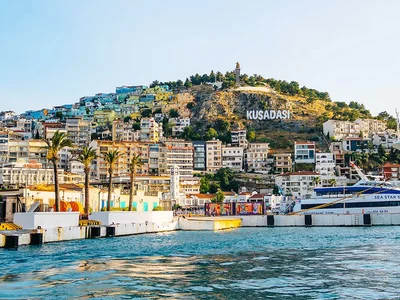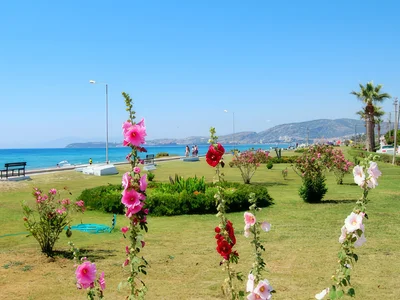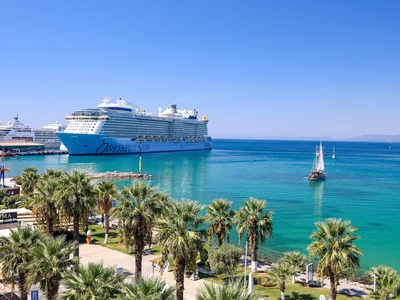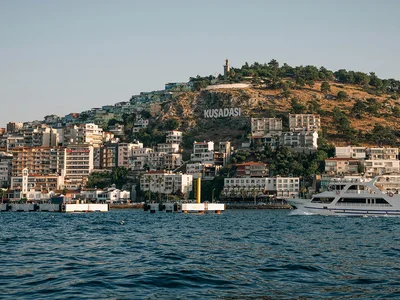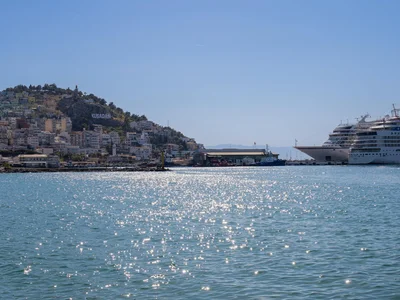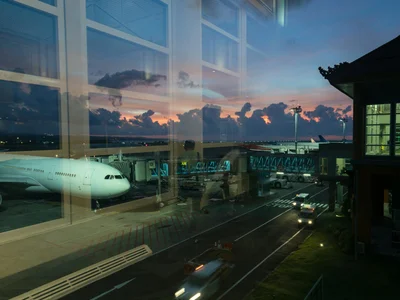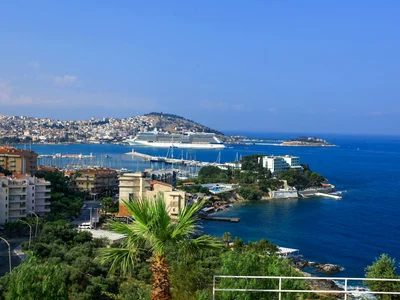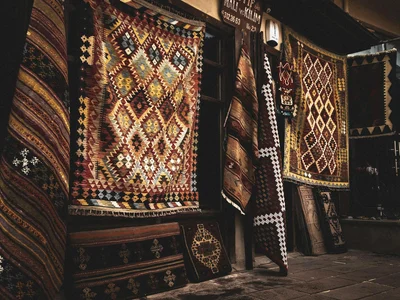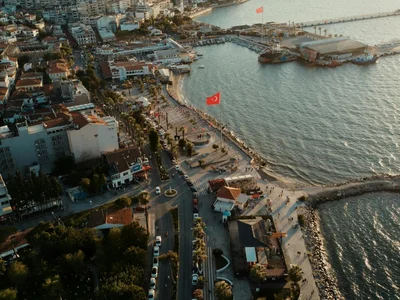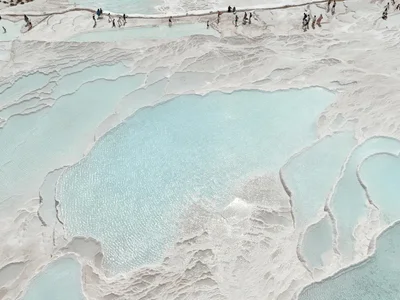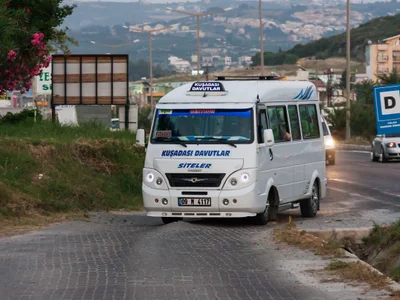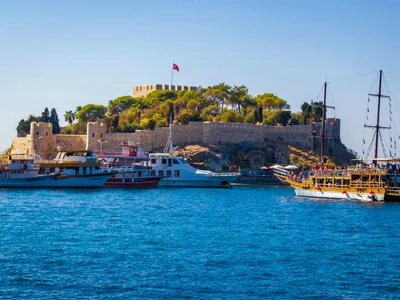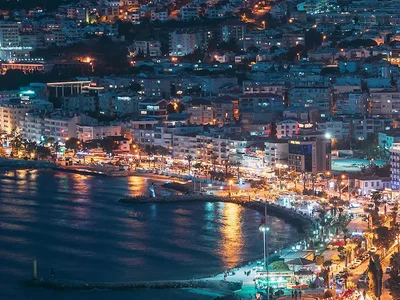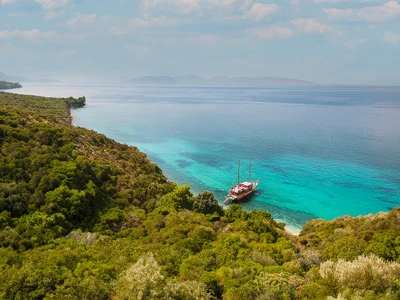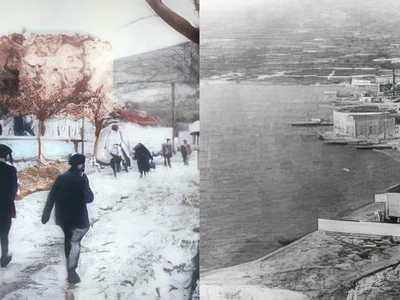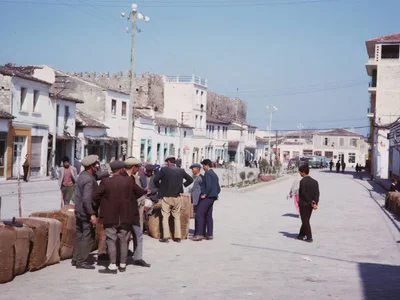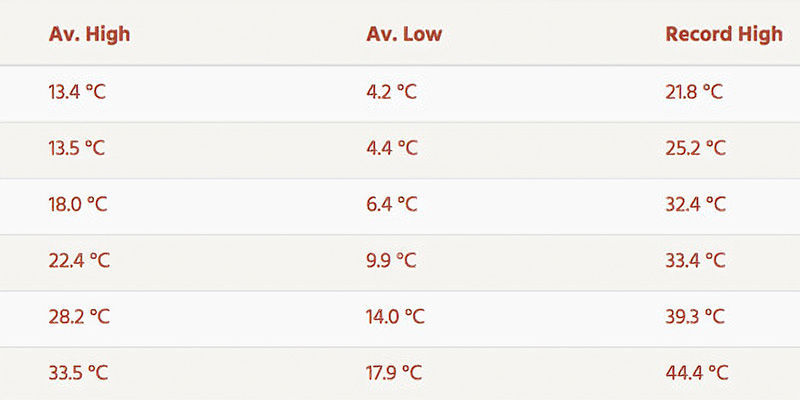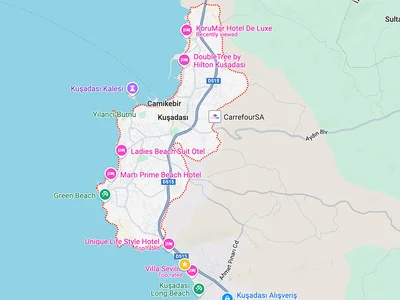The early settlements in Kusadasi were established by the Lelegians and Carians, who migrated from central Anatolia around 3000 BC. They founded a colony on the slopes of Pilav Mountain in Kusadasi and established the cities of Ania and Melia. The mild climate of the region enabled the inhabitants to cultivate essential crops such as olives, grapes, and figs on the fertile lands surrounding the city, which were used for extracting oil, making wine, and producing sweets.
In the 10th century BC, the "12 Ionian Cities," including Samos, Khios, Miletos, Priene, Ephesus, Teos, Erythrai, Priena, Klazonemi, Lebedos, Phokaia, Colophon, and Smyrna, were established and renowned as the most developed cities of that era. The annual meeting place of the Ionian League, Panionian, was situated around Kusadasi, where the cities of Phygale, Marathesion, and Neopolis were also founded. During this period, the ports of Phygale and Neopolis were not bustling or necessary, as they were in close proximity to the renowned trading centers and ports of Miletos and Ephesus.
In approximately 546 BC, the city was invaded by the Persians. By 200 BC, Kusadasi and its surroundings came under the rule of the Roman Empire, and following the division of the Roman Empire, it became part of the Byzantine state. Due to significant earthquakes and alterations in the course of the Caystros River brought about by changes in climate, Ephesus suffered extensive destruction, leading to a decline in its significance and prosperity. Consequently, the Byzantines sought a new port and trade route, ultimately settling on the area around Neopolis. Recognized by Greek, Jewish, and Armenian merchants, this new port, named "Scala Nova," became an alternative trading hub to Ephesus, complementing the historical cities of Ania, Melia, Phygale, and Neopolis, which laid the early foundations of present-day Kusadasi. By the 15th century, Scala Nova fell under the control of Venetian and Genoese sailors and traders, who established consulates in the area. Turkish dominance in the region began with the invasion of Seljukian Kilic Arslan the 2nd. Kusadasi's strategic location at the end of important trade routes, such as the Silk Road previously held by Ephesus, played a pivotal role in the city's positive development in trade.
Kusadasi began to be ruled by the Ottoman Empire after the invasion of Sultan Mehmet Celebi in the year of 1413. During the reign of Ottomans, Kusadasi was introduced to glorious structures, giving a new look to its former spectacular view. Okuz Mehmet Pasa Caravanserai is the principal of Ottoman architecture in the city, was built by the man of the same name, who was the vizier during the reigns of Sultan Ahmet1 and Osman2. The fortress gates, walls and many mosques in the center of Kusadasi, as well as the citadel of the castle in Pigeon Island, were built in the Ottoman period, reflecting the architectural style of the era. "Kusadasi" that means "bird island" took its name from the Pigeon Island.
Following the First World War, the Greeks invaded Kusadasi in 1919. After a prolonged struggle, the fishing village successfully regained its independence in 1922, becoming a part of the Turkish Republic. Until 1954, Izmir served as the capital of Kusadasi. Subsequently, the capital was relocated to Aydin, marking a period of significant development for Kusadasi, particularly in the tourism sector.
Presently, Kusadasi stands as one of Turkey's premier holiday destinations, renowned for its pristine sandy beaches and crystalline waters. The juxtaposition of vibrant holiday activities with the serene ambiance of ancient ruins contributes to the city's unique atmosphere.

